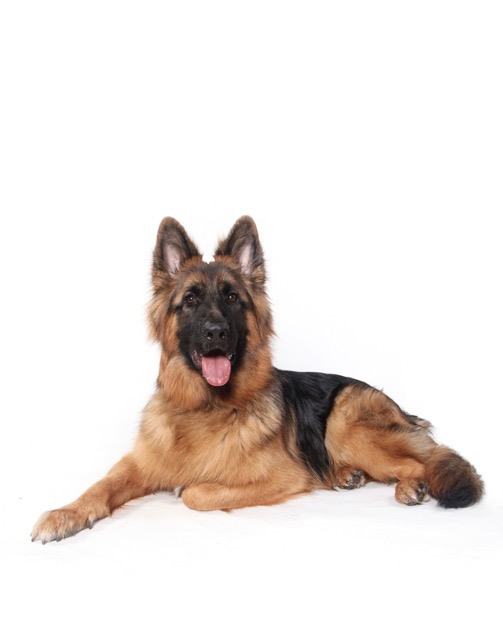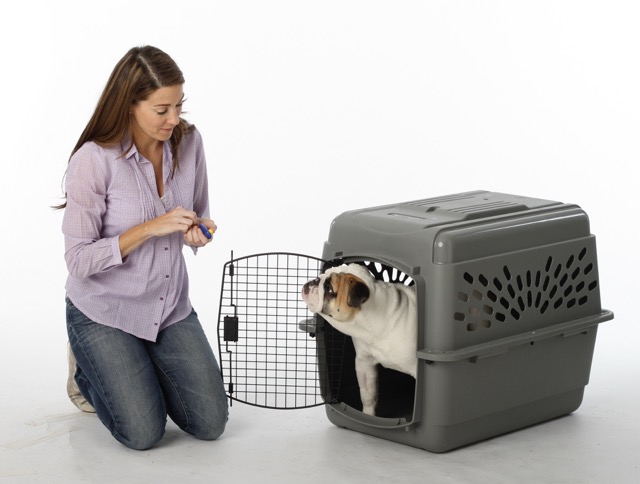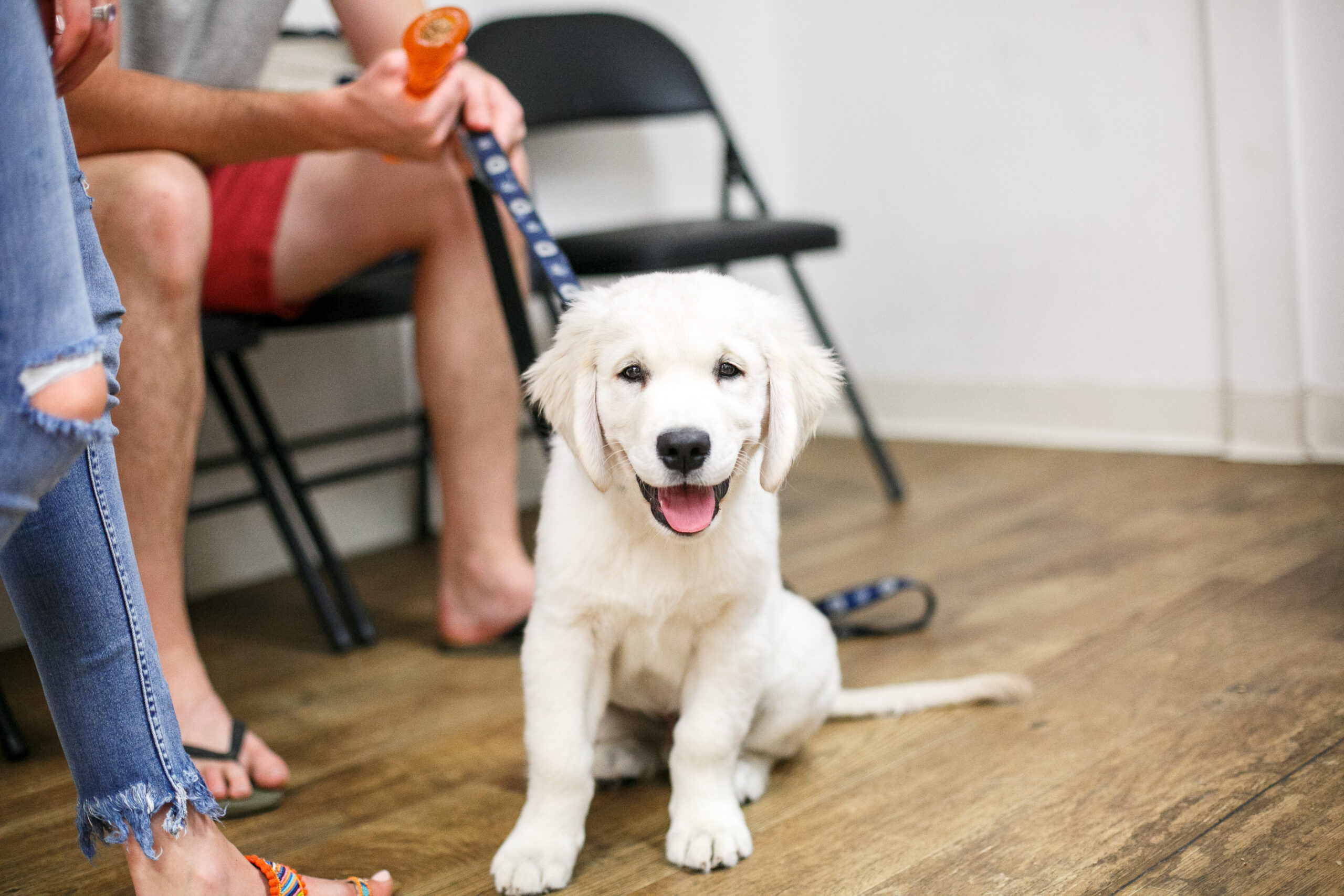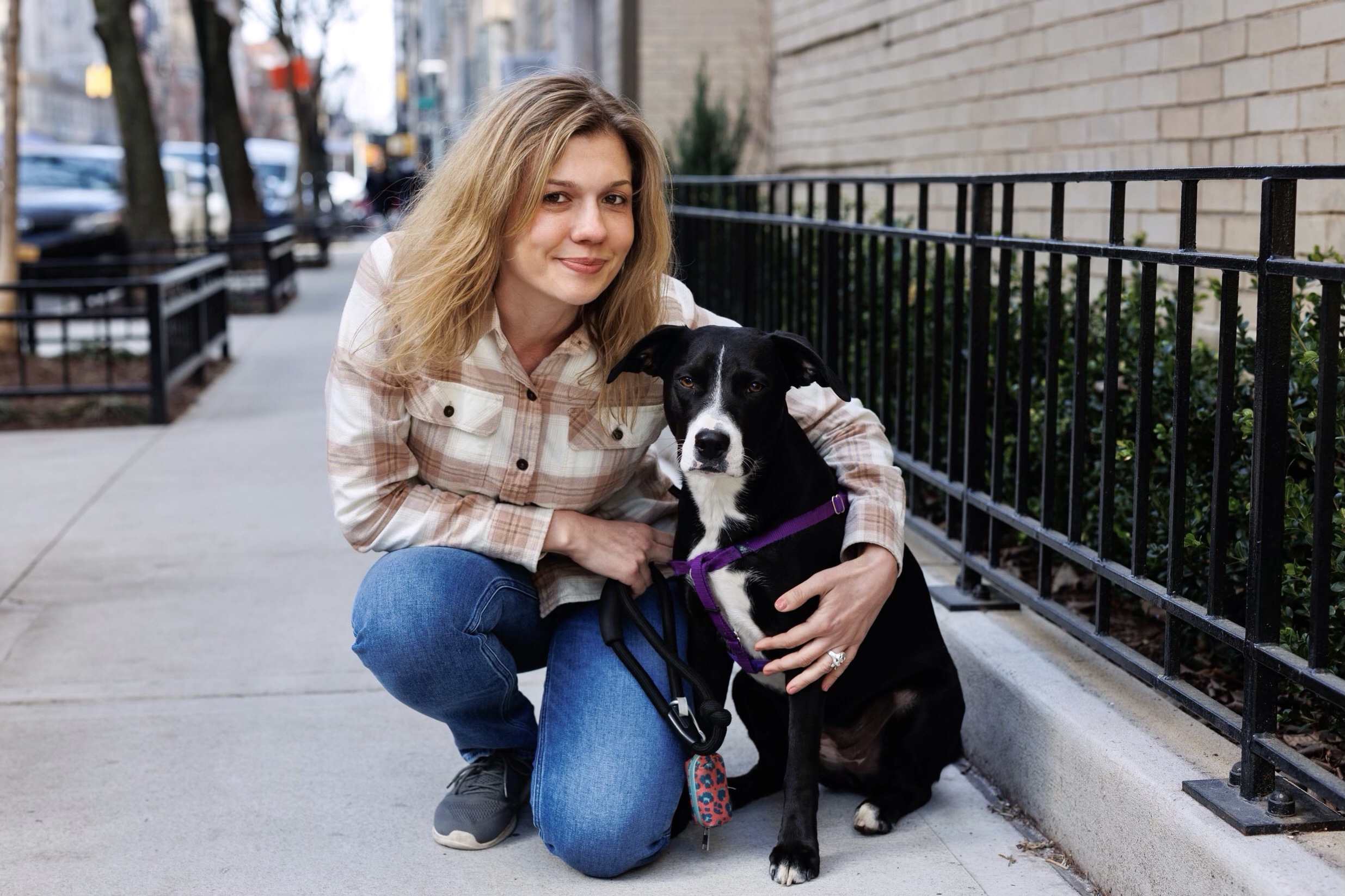
Quick Dog Training Tips: How to Fit Dog Training into Your Busy Life
Balancing a busy life with the needs of a dog can be challenging. However, with quick dog training tips, you can integrate training into your daily routine and ensure your dog learns essential skills, even on a tight schedule. A well trained dog makes a wonderful companion and is a joy to be around, but training takes time – right? Well, the good (and the bad) news is that your dog is learning all the time whether you want them to or not. Every interaction you have with your dog can be considered a training opportunity. Puppies begin to register at a very early age, what works and what doesn’t. They interact and interface with the world around them and learn what behaviors work to get them what they need or want, what things are safe or scary, and how to be successful and comfortable in various environments. With this in mind, make the time you do have to spend with your puppy, adolescent, or adult dog count towards teaching them how you would like them to behave.
How Can I Fit Training My Dog Into My Busy Life
The best approach to training is to sprinkle it in throughout the day. Even for people who have lots of time to train their dogs, it is advisable to do numerous short, positive sessions throughout the course of the day. Puppies, and even adult dogs, tend to have a short attention span, so short (3 to 7 minute) sessions are very productive. If you don’t have 3 minutes, 30 seconds is better than nothing. Do not get discouraged by thinking you need to set lots of time aside to train. Do what you can, briefly and frequently, and you will be amazed at how much you and your pup can accomplish.
Sprinkling in short formal sessions throughout the day, along with recognizing that your pup is always learning by being positively or negatively reinforced by you, others, and the environment are key to accomplishing optimum dog training with a busy life.
Set Yourself and Your Dog Up For Success
For starters, it’s really helpful if we can avoid having our dog learn the wrong behaviors, like having potty accidents, engaging in destructive chewing, and jumping up on people and things. If we simply manage the environment by restricting our dogs freedom until they have learned/earned it, we can prevent them from practicing unwanted behavior. After all, we don’t want to waste precious time un-training them bad habits. Practice makes perfect, so make sure you use crates, pens, gates, leashes, and supervise your dog very closely when they are loose while you are getting dog training underway. Using management tools and being a good superior will prevent your dog from learning and mastering problematic behavior.
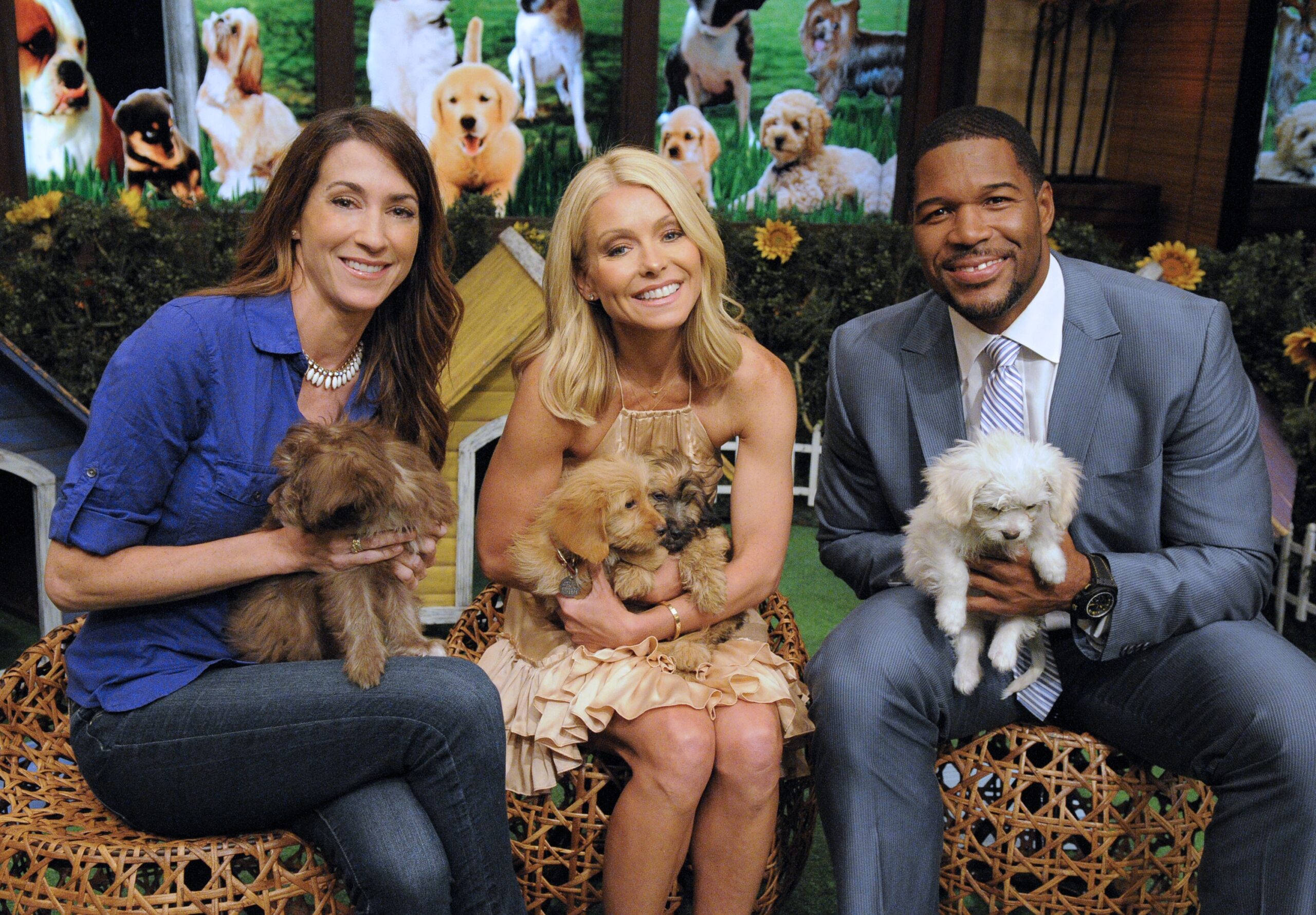
But I Am So Busy and Feel Bad Restricting My Dogs Freedom
You may feel bad that you have a dog and are very busy, but it is kinder to restrict the dogs freedom and not allow them to develop habits that make living together an unpleasant experience. Your dog will get more freedom in the long run if they behave well in the home and out in the world with you. Giving your dog too much freedom before they are ready for it, sets them up to fail.
With that said, you must meet your dogs needs. Having a healthy diet, vet care, and appropriate hygiene are obviously important. Too many pet parents neglect to see the equally important requirement for a dogs mental and physical needs to be met. This includes not just physical activities, but brain games such as enriching/challenging food puzzle type toys, as well as training. A dog that is mentally and physically satisfied, even tired out, is generally better behaved.
I Am So Busy – How do I Meet My Dogs Needs?
Busy people often find it very helpful to get some help, especially if they are raising a puppy, have a new rescue dog, or an energetic adult dog. Whether you are just having a particularly busy day, week, month, or lifestyle – below are some useful tips. You know your and your dogs individual needs, so use this list to select as many or as few suggestions as you see fit to help you with your situation:
- Get some help from friends, family, and professionals.
- Hire a dog walker. Even a few days a week can make a big difference.
- Hire a dog trainer. If you don’t have time to attend a group class, try in-home lessons, or virtual sessions.
- Have a friend, neighbor, or professional sitter spend a few hours with your dog a few times a week. Just make sure they are not accidentally encouraging bad habits.
- If your dog is social, arrange some playdates with suitable friendly dogs.
- Feed all your dogs meals in some type of toy. Here are some great ideas.
- Consider giving dog food toys in a crate or area where you are not, so your dogs learns to enjoy alone time when you are both home and busy, or out of the house.
- Give your dog legal chew toys when you are too busy to provide them with your attention.
- Get your dog out on adventures so they can be relaxed when hanging out at home being ignored.
Encourage Good Behavior: Prevent Unwanted Behavior
Training your dog even when you have a busy schedule can be simple. Reward the behavior you want and prevent the behavior you don’t want your dog to master. To do this in a way that doesn’t feel like you are taking any extra time, make all your interactions count. Observe and consider what your pup is doing and coach them along with positive rewards. Rewards do not always need to be tasty treats (but be sure to use them sometimes for best results). Praise, attention, positive encouragement, toys, and access to the things they want all count as life rewards. Try to always ask your dog to do something to get something. It doesn’t have to be complicated or fancy, but asking for eye contact, a sit, or a basic hand target gets your dog in the habit of being responsive to you. A readily responsive dog is generally more cooperative and therefor well-trained.
Tips for fitting Dog Training Into A Busy Persons Daily Routine
Here are some ideas and tips for how to fit training into your busy day:
- Have your dog crated over night so they are relaxing calmly until you are ready to attend to them in the morning.
- Have a chew toy in the crate so they are not bored or frustrated while waiting for you to take them out to go potty.
- Make your dog walks educational training walks. This is the time to train many skills.
- Have your dog sit to exit the crate. You can build up to a sit stay over time.
- Have your dog sit while you leash them. Pair calm leashing behavior with tasty treats.
- Have your dog sit and give you eye contact before opening doors, entering the elevator, exiting the building, etc.
- You can build up to more duration and a stay with a release word over time.
- Take advantage of all thresholds (doors, and curbs) on your walk to stop, have your dog sit, check in with you and give you attention via eye contact before continuing your walk.
- Try not to reinforce excessive pulling and unresponsiveness out on your walk. You will want to be working on polite loose leash walking skills.
- Once you return home, be sure your dog sits and looks to you before letting them in the door and then unleashing them.
- Rather than having the water bowl on the floor, keep it up so you can ask for a manners sit before giving your pooch the water bowl.
- For breakfast, and all meals, stuff the diet into food toys and give the meal to your dog for being mannerly, whether that is sitting and waiting, or going into their crate on a send.
- Encourage a post morning nap in the crate or the dog bed whether you are home or not.
- Play sessions should be defined as Play and Train sessions, using play as an opportunity to teach your dog how to play without jumping and mouthing.
- In the morning set aside a portion of your dogs food and some tasty treats in a container to use throughout the day as training rewards. Your goal is to empty that container by the end of the day.
All walks should be used as an opportunity to train the many skills you want your dog to learn.
Most potty trained dogs thrive on about 4 walks a day. Not all walks have to be long adventures across town or to a park but they should all provide you and your dog with the opportunity to connect through training. Requesting your dog to do things, and your dog responding is how humans and canines can build cross species communication and strengthen the human/canine relationship.
Relaxing at your feet is also an essential skills whether that is while you are working at a computer, a child is doing it’s homework, or the family is watching TV. Providing your dog with a chew toy on a blanket or dog bed at your feet will help to train this skill opportunistically. Use a leash to keep your dog in place and calm until this skill has been learned.
There are so many ways and so many things we can teach our dogs if we simply apply learning and teaching throughout the day. Going to a dog training class once a week or working privately with a professional trainer who can cater to your schedule will help you learn the exercises, behaviors, and best approaches to maximize your training choices and time. Make training an aspect of all your interactions with your dog, be it playtime, walks, or just hanging out relaxing. A dog whose learning is an integral part of their day will be trained in a natural way that may even seem effortless, even to very busy people.
Educate your dog with Andrea Arden and her team.
New York | Los Angeles | Connecticut
Share
- Group Classes
- Private Lessons
- Virtual Training
- Puppy Play Groups
- Puppy Training
- Articles & Advice


